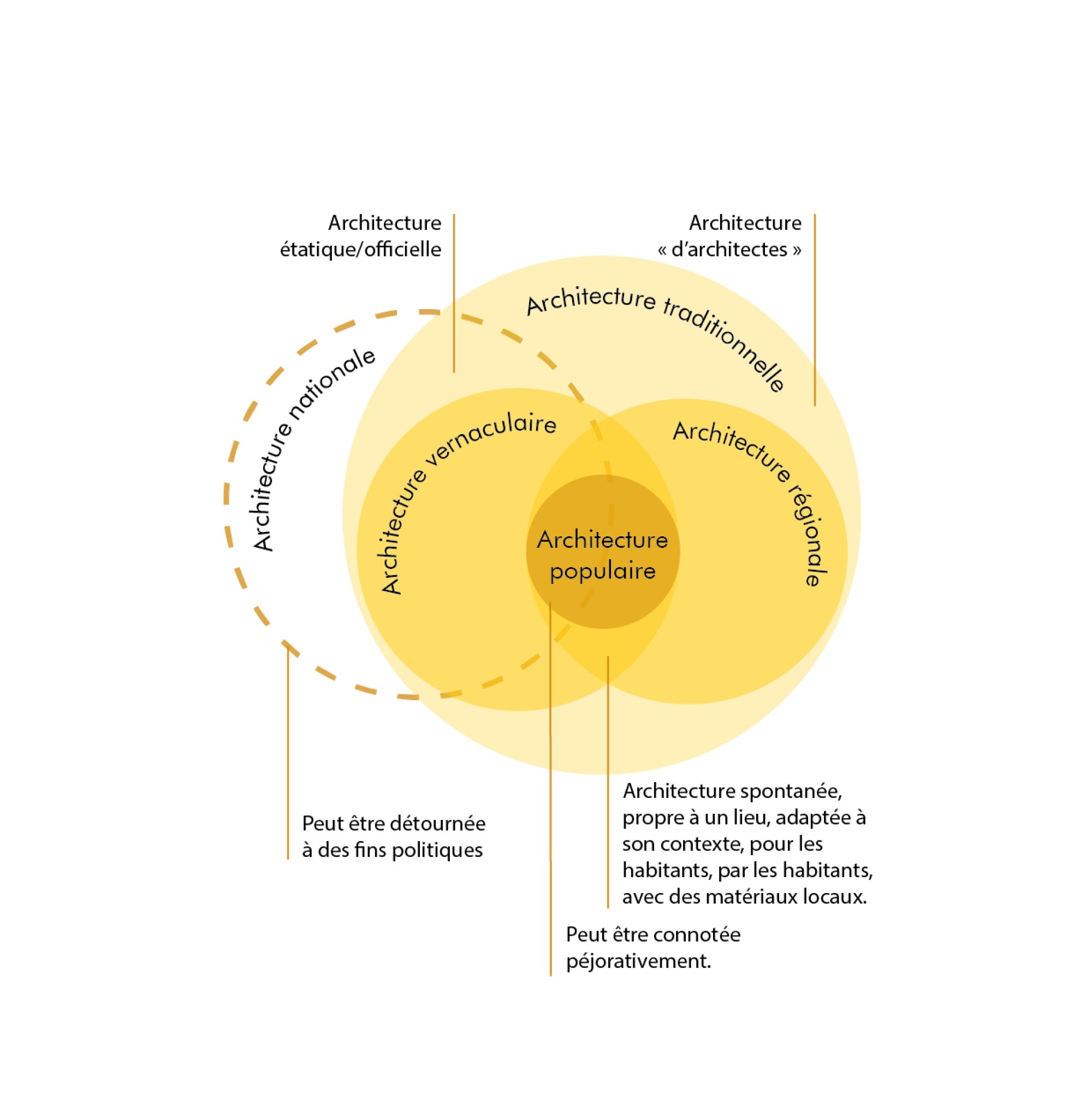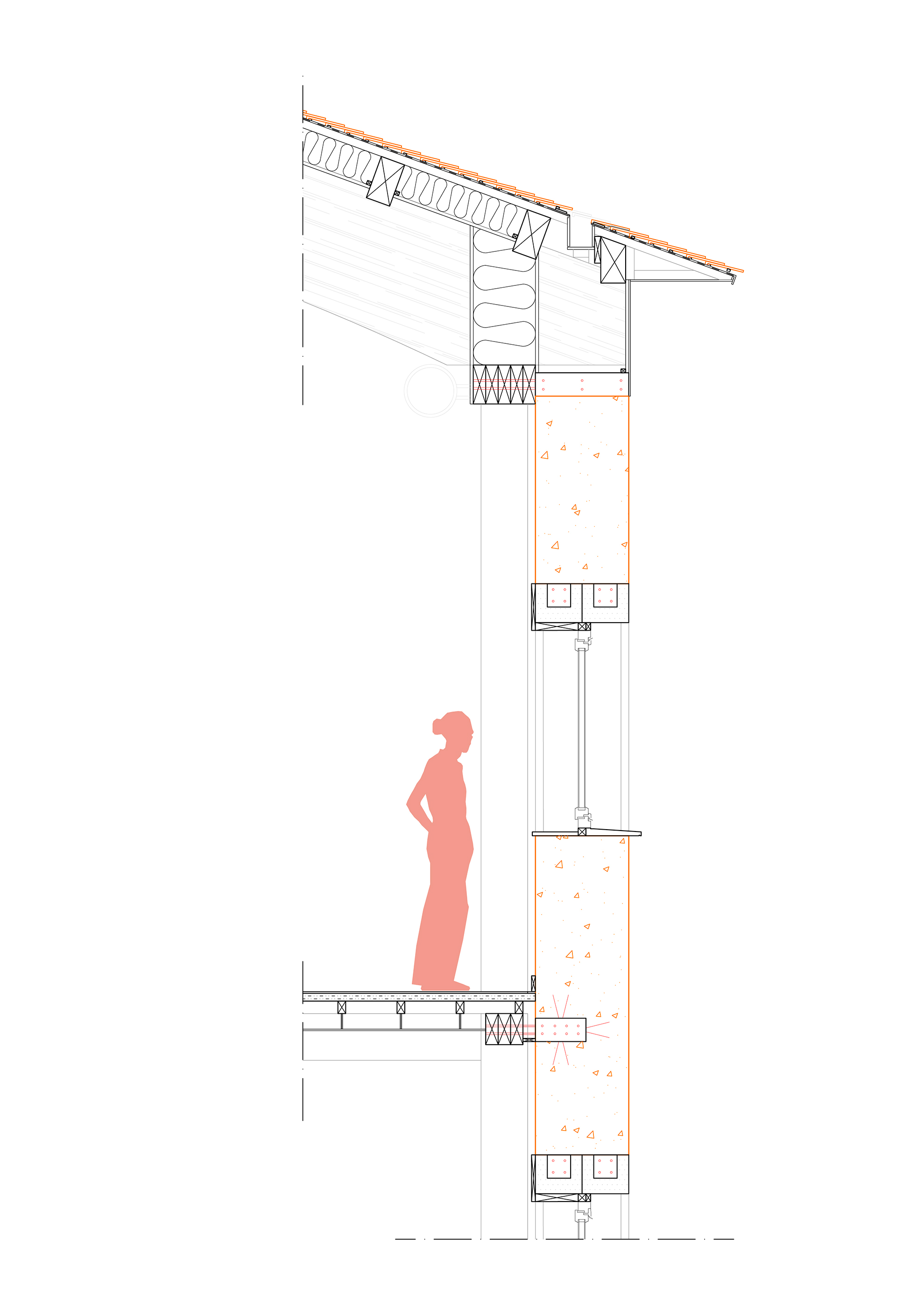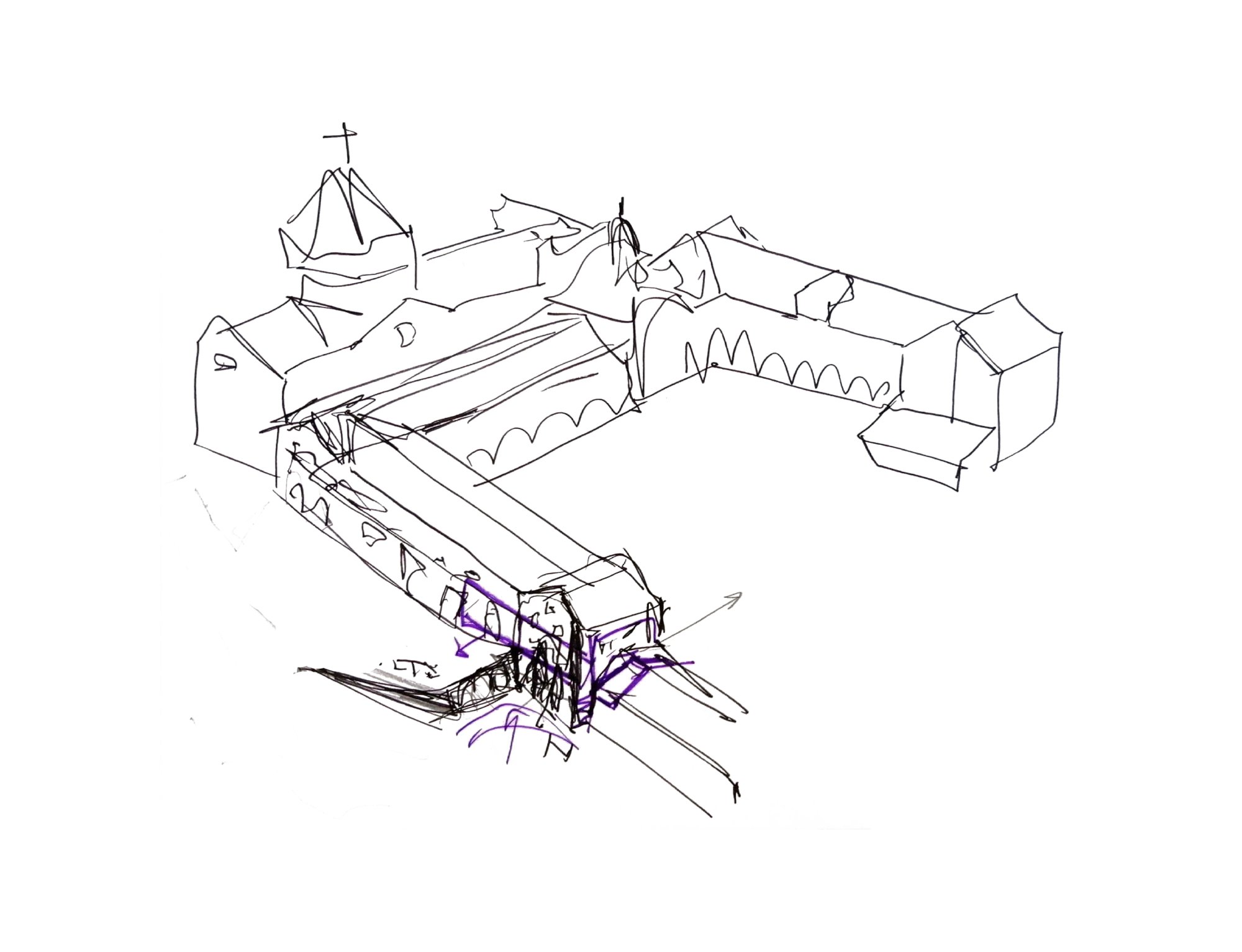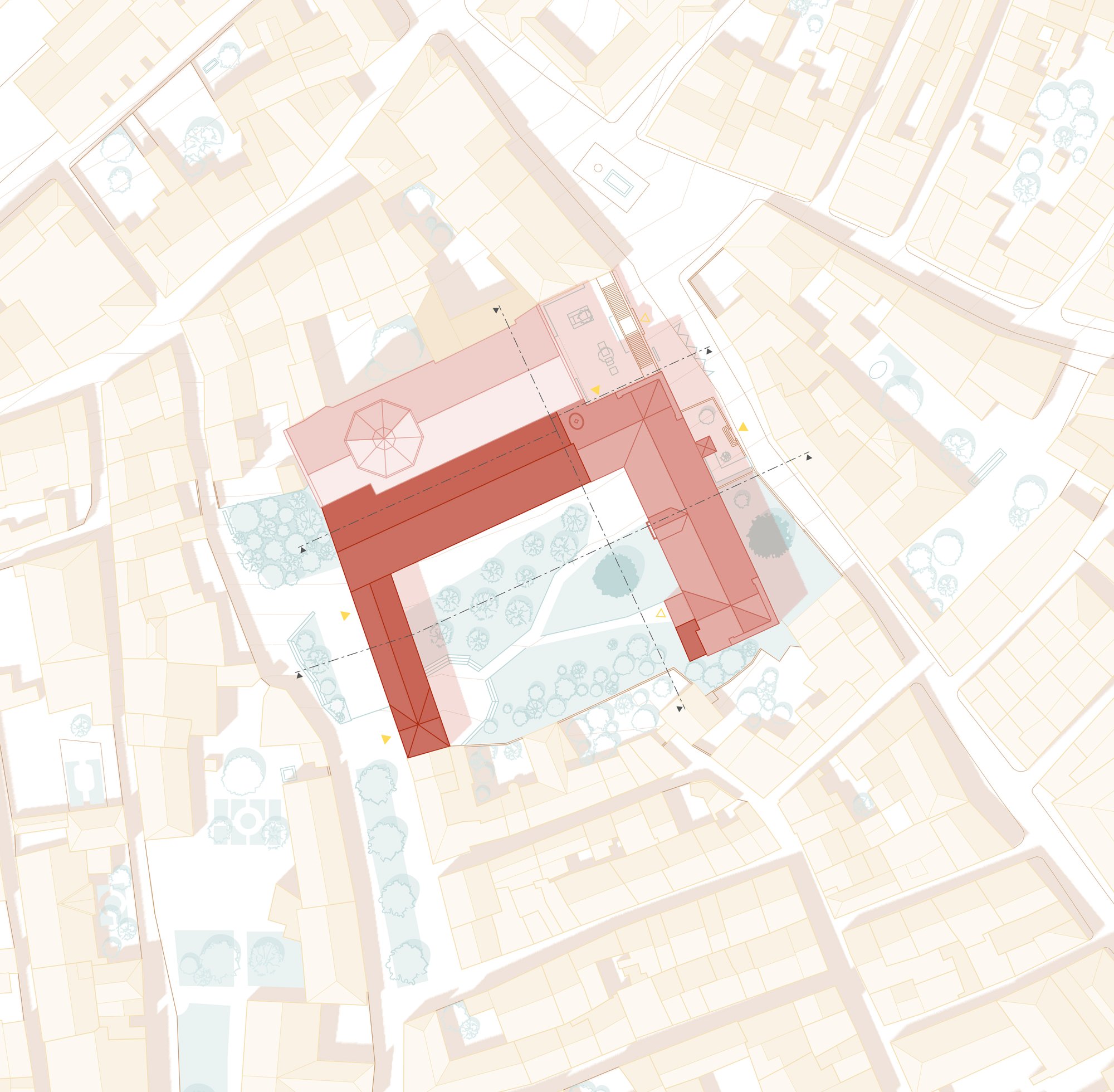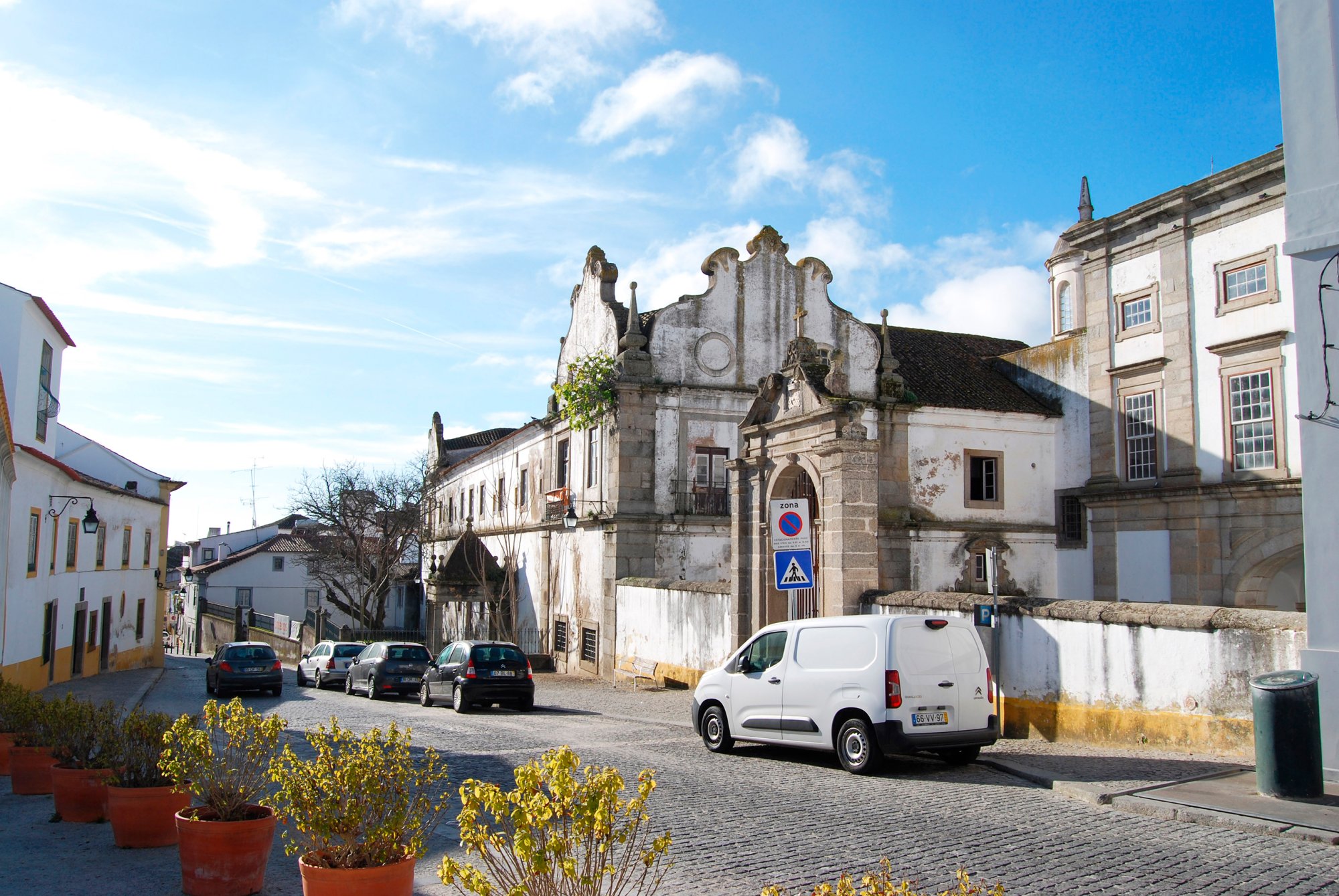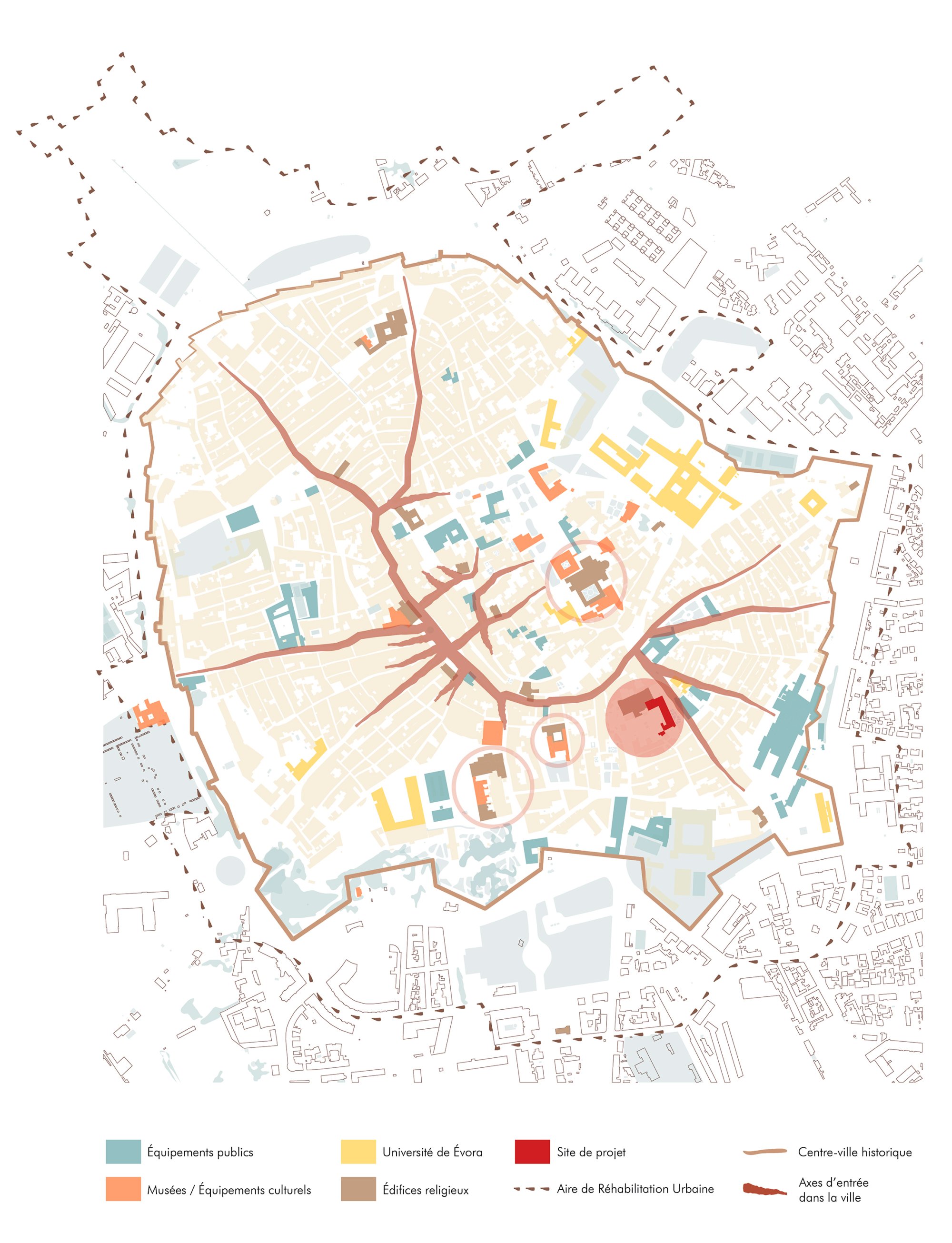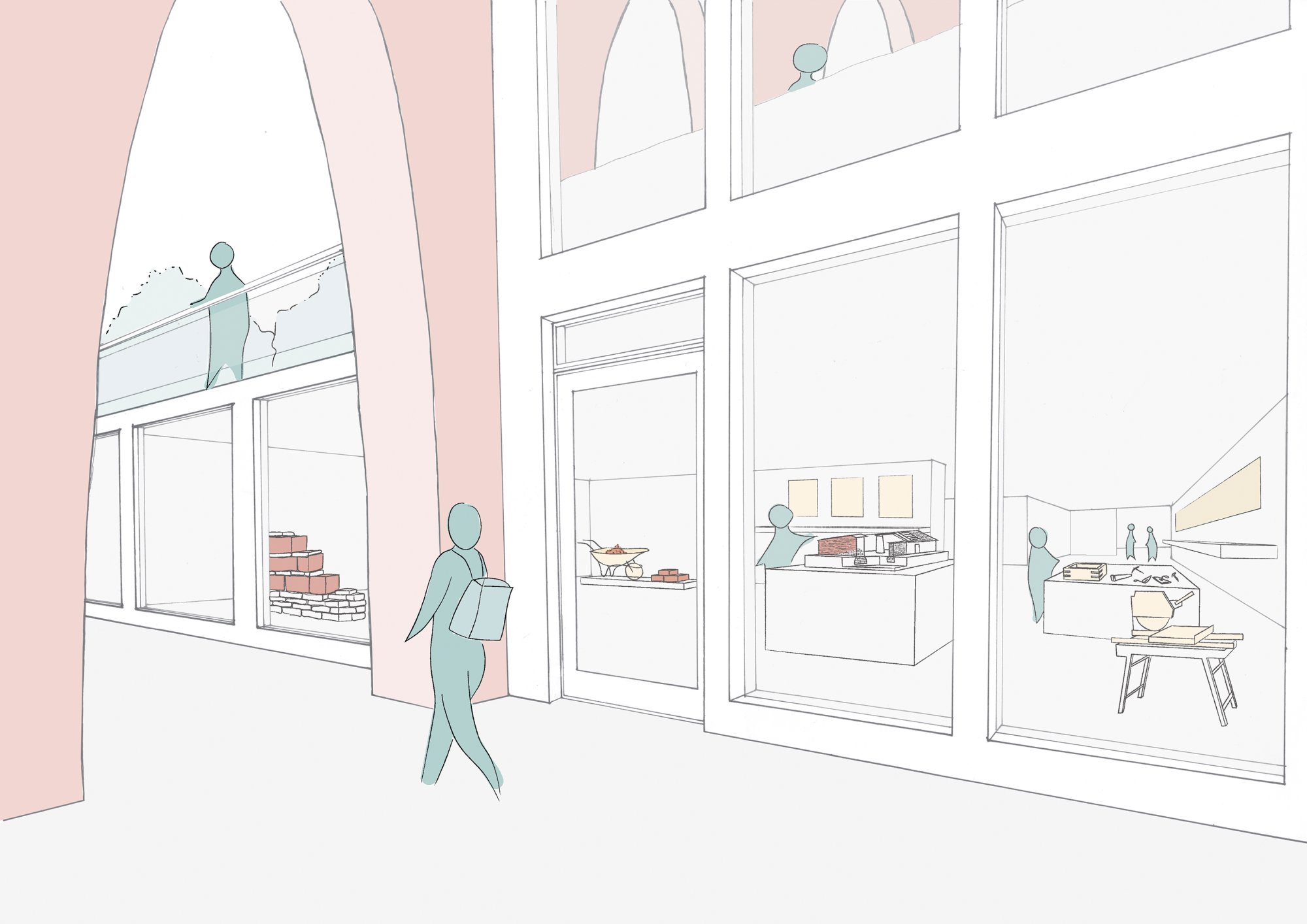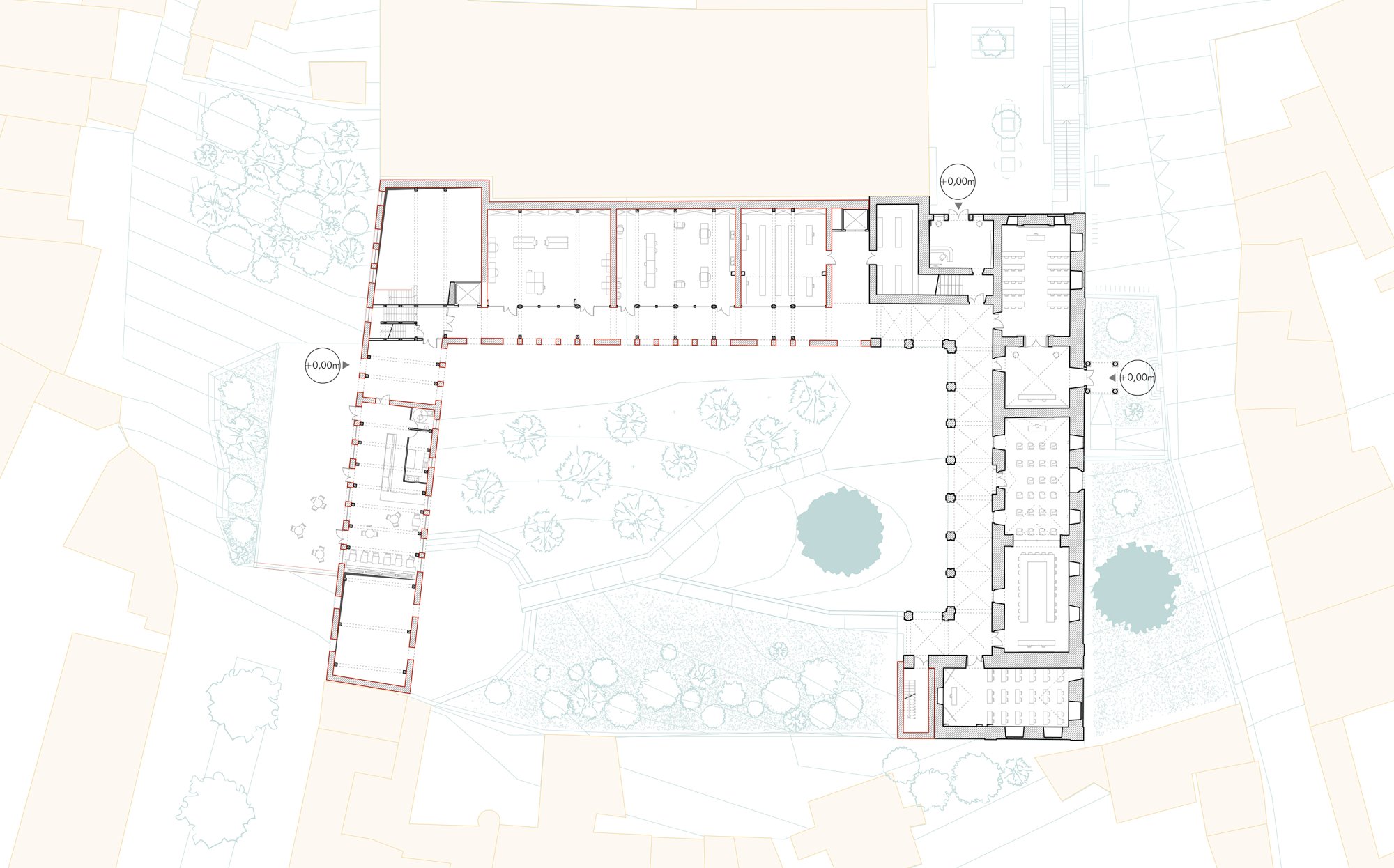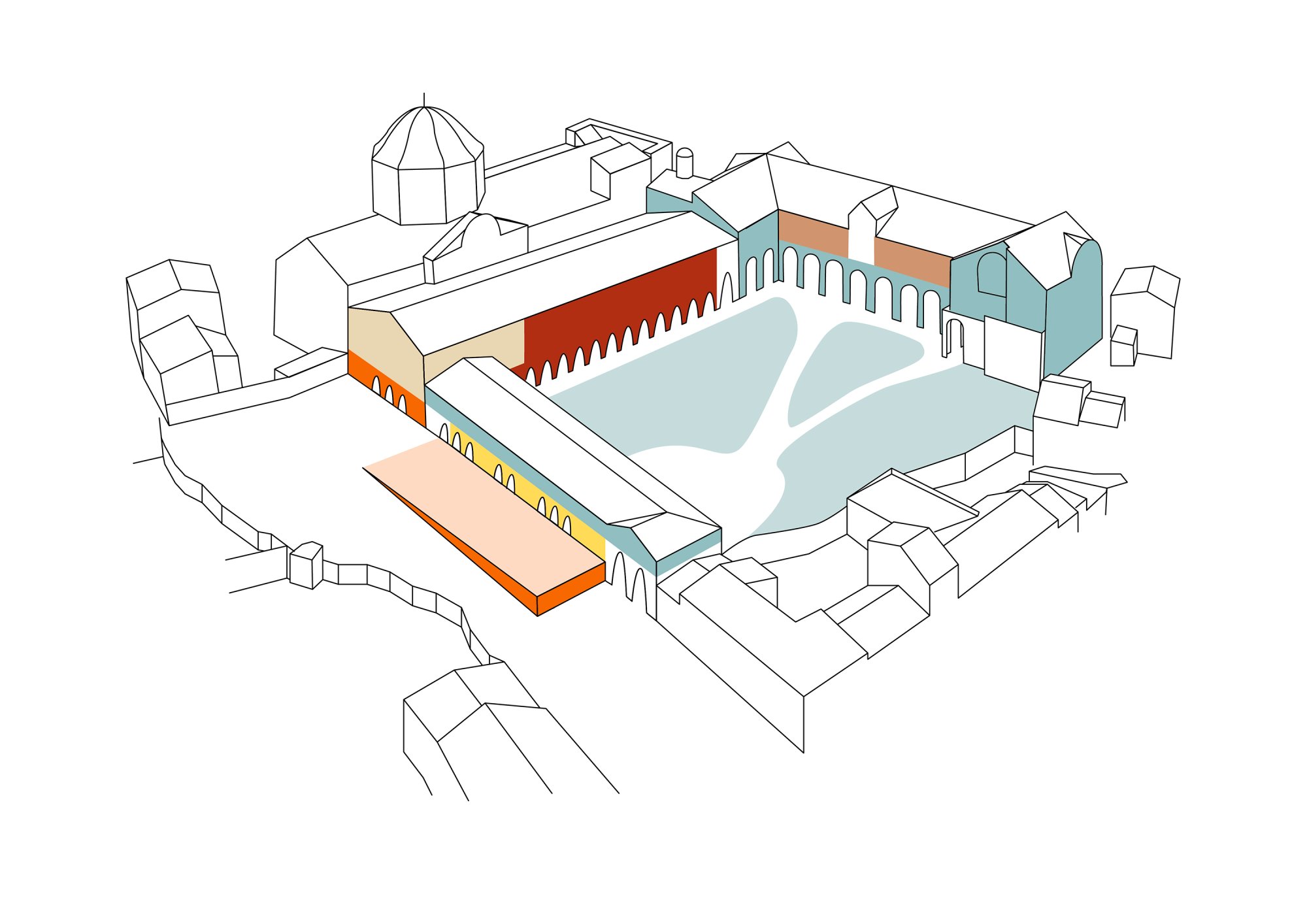Luana Moïra Figueiredo Fernandez
Pavilhão da Construção local : un centre de valorisation du patrimoine architectural à Évora pour maintenir et transmettre la culture constructive de l’Alentejo
Ce projet de fin d’études résulte d’une réflexion entamée par mon travail de mémoire de recherche autour de l’architecture traditionnelle portugaise. J’y conclus que cette dernière gagnerait à être revitalisée et mieux connue du grand public comme des spécialistes de la construction. Les techniques, les procédés et les matériaux vernaculaires sont à même de répondre aux grands enjeux des cadres de vie, c’est tout particulièrement le cas dans le monde méditerranéen et au Portugal. Ces enjeux sont d’ordre climatique, économique et patrimonial notamment.
Forte de ce constat, je décide de réfléchir à employer les principes de l’architecture traditionnelle dans un contexte donné : mon projet prend place dans le centre médiéval d’Évora, importante ville du sud du Portugal. Adossé à la colline sur laquelle s’étend l’agglomération, entre les murailles et le cœur urbain, proche de l’université, le site du couvent Do Carmo permet aussi de repenser une frange d’Évora peu mise en valeur.
Le bâtiment existant, associé à une église encore en usage, a été tour à tour palais princier, couvent, administration épiscopale, et est aujourd’hui à l’abandon. Il constitue une pièce complexe et riche d’ambiances et de vues, mais méconnue et en cours de dégradation rapide. L’architecture traditionnelle de la région de l’Alentejo est donc à la fois le sujet et l’objet de cette intervention, puisque j’y associe par une réhabilitation et une extension des programmes de recherche, de sensibilisation et d’enseignement en un centre de valorisation du patrimoine architectural local.
Les espaces qui accueillent le public varié du centre tirent profit de la configuration du lieu et réorganisent les circulations à l’échelle du quartier et de la parcelle. En effet, ce projet jalonne les parcours piétons inter-plateaux en proposant des espaces extérieurs généreux, autour d’un parc arboré en cœur d’îlot. L’emploi de la pierre et de la terre enrichit le lieu, et construit un système où l’expérience et l’information des publics se confondent.
Je propose donc un nouveau pavillon de la construction traditionnelle implanté au centre d’Évora. Il en constituera à terme un repère, en s’intégrant au contexte à la fois comme une étape et une destination.






